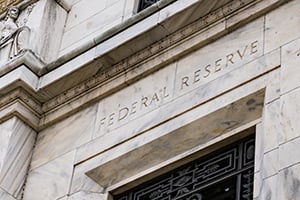With the end of summer drawing near, it has been a busy couple of weeks. We had the Fed’s annual conference in Jackson Hole and a whole bunch of economic data, including a new inflation release and the jobs report this morning. When we last talked, the markets were selling off. So, let’s look at where we are now and what mattered in the past couple of weeks.














